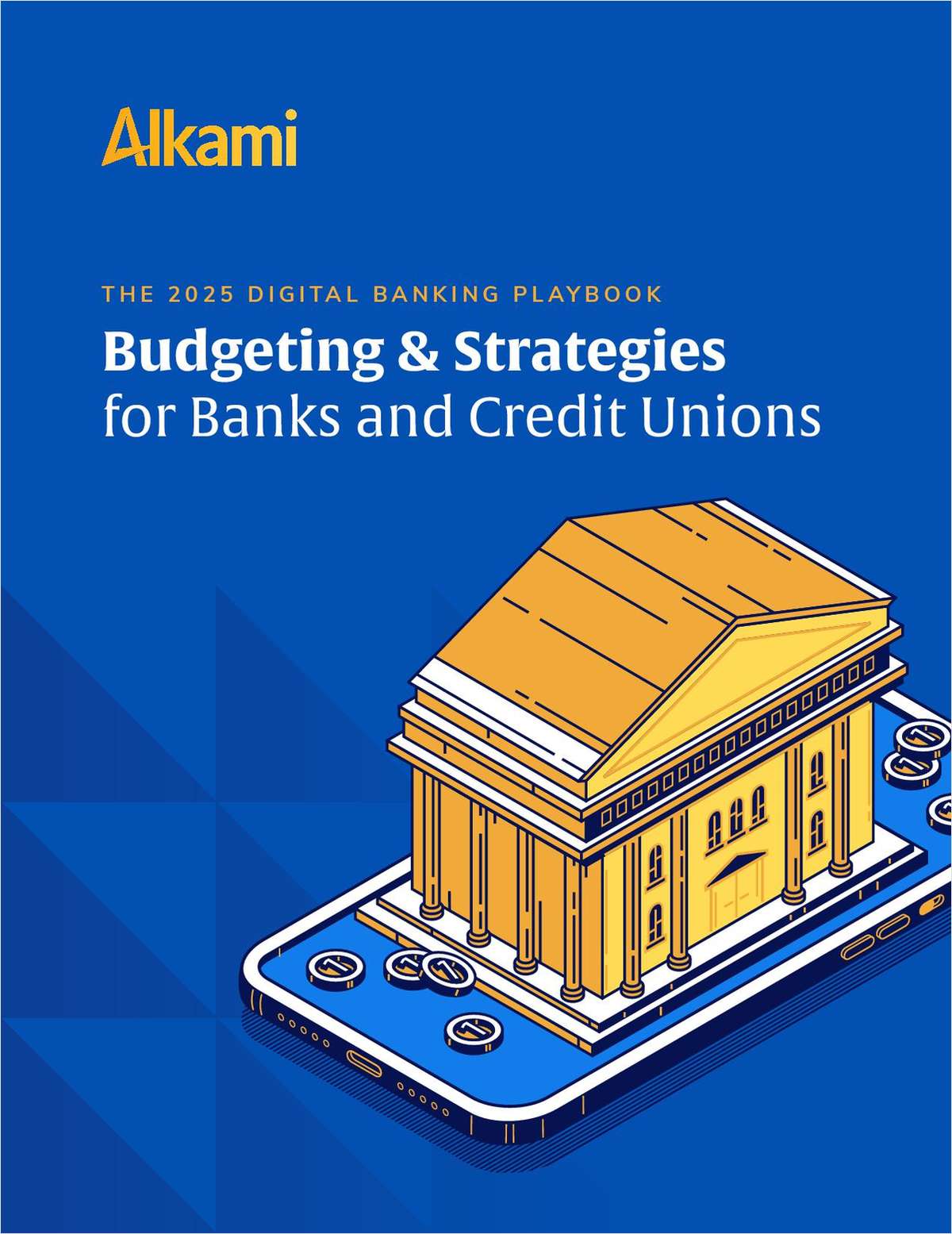A March 28 Government Accountability Office report called for a streamlining of federal financial regulatory institutions – and it's not the first time federal financial regulators have been the subject of a culling of the herd.
Calling out the fragmentation and overlap of various depository institution regulators, the GAO was the most recent agency to recommend regulator consolidation. Similarly, the Treasury called for a consolidation in its March 2008 Blueprint for a Modernized Financial Regulatory Structure.
In the blueprint, the Treasury cited the increasingly indistinguishable nature between credit unions and banks. With the risk-based capital rule adopted by the NCUA in October 2015 and a call by the agency's Office of Inspector General to add S to the NCUA's CAMEL system, banks and credit unions are more closely mirroring banks than ever before from a regulatory standpoint.
In addition to the RBC rule and CAMEL rating system change, the NCUA has sought changes to the calculation of its National Credit Union Share Insurance Fund, which will allow it to change the way the insurance fund is calculated.
The move is closer to that of the FDIC's approach to how some of the insurance fund is calculated, Peter Duffy, a managing director at Sandler O'Neill & Partners, said.
Additionally, the NCUA's CUSO registration is seen by some in the industry as the agency's attempt to gain a foothold into third-party vendor review. A footnote in the GAO report said the agency lacked the same authority to examine third-party service providers that other prudential regulators possess.
In July 2015, the GAO suggested to Congress that the NCUA be given the authority to examine third-party technology service providers for credit unions.
In its 2016-2017 Annual Performance Plan, the NCUA said one of its legislative priorities is to achieve parity with other federal financial regulatory agencies to regulate, examine and take enforcement actions against third-party vendors.
Regulators are moving closer and closer to standardization in the way banks and credit unions above a certain asset size are regulated, Duffy said.
Despite the fact that the GAO report did not specifically mention a consolidation of the NCUA into the FDIC, in a May 2015 poll, the majority of CU Times readers (42%) said the NCUA would be folded into the FDIC in the next one to five years.
However, that number dropped to 19% of readers in a recent CU Times poll on the GAO report. Further, in the same poll, the majority of readers (70%) said nothing will happen with the report.
In addition, some observers are not so quick to agree that nothing will happen with the report. Geoff Bacino, a former NCUA board member and partner at Bacino & Associates, said the GAO report should be taken seriously. He said with the research involved with the report, as well as the background and history that culminate in the report, it warrants considerable consideration.
"Anyone who doesn't take it seriously is whistling to the graveyard," he commented.
Yet, CUNA Chief Advocacy Officer Ryan Donovan had a different read on the report.
"Looking at how the report was constructed and who they talked to and who they didn't talk to, I'm not sure you could draw conclusions that this report is saying Congress should eliminate the NCUA," he said in an interview with CU Times.
However, Duffy disagreed with Donovan's assessment that the recommendations are more indicative of changes needed in the banking sector.
"There's an overlap of regulator responsibility," Duffy said. "There are institutions that are marketing the same financial products to the same households being treated differently on issues that are materially important to safety and soundness. The GAO has also determined this creates inefficiencies and duplication, and that the system makes accountability difficult."
He said the rationale for consolidation is due, in part, to banks, thrifts and credit unions above a certain asset size having evolved to the point where they are difficult to distinguish from each other. That was a key point in the Treasury's blueprint for modernization.
The GAO report did include the results of discussion groups involving a host of people, but none involving people from the NCUA or any credit union or trade organization.
Bacino said the credit union industry will need to lay out a case as to why having an independent regulator is a better situation.
However, Donovan said he believes the case has already been made.
"We think there's a very strong case for having an independent credit union regulator at the federal level," he said. "It really cuts to the heart of what makes credit unions different from other depository institutions – our not for profit cooperative model."
Credit unions need a federal independent regulator that understands their unique characteristics and what motivates them on a day-to-day basis, which is to make money for their members, not shareholders, Donovan said.
Lucy Ito, president/CEO of NASCUS, said her association is still digesting the extensive report. She warned of the possible unintended consequences of regulatory consolidation.
"A number of state agencies that supervise credit unions are also charged with overseeing banks, thrifts, other financial institutions and other non-depository financial service providers. A broader view of the environment for financial institutions, in our experience, gives these state agencies a deeper understanding of the environment for all financial institutions – which has proven to be very effective in decision-making for credit unions," Ito said in a statement, adding that diversity is one of the key hallmarks that has made the federal and state supervisory system effective.
Republican members of the House Financial Services Committee requested the GAO report, however, neither the Republicans nor the Democrats on the Financial Services Committee had responded to CU Times request for comment at press time.
Congress looked to consolidate federal financial regulators in 2009, as a bill by former Rep. Spencer Bachus (R-Ala.) offered up a similar proposal in H.R. 3310. While the names of the final organizations were different, there was a similar intent to that of the GAO report.
Given the current political climate, the recommendations may not see much in the way of movement, according to Donovan.
"It doesn't seem that anything on a grand scale is achievable on the short term," he said. "I cannot imagine Congress doing much with this between now and the end of the year."
Still, the report recommended providing additional consumer protection oversight to the CFPB. Given the distain for the agency and its parental bill – the Dodd-Frank Act – from House Financial Services Committee Chairman Jeb Hensarling (R-Texas), that recommendation will not be taken into account.
The fate of the GAO's recommendations are unknown at this time, and the upcoming presidential election could elongate the timeline on the recommendations.
"If Congress could be inclined to take up major financial regulatory restructuring in the first year of a new presidency, it will only occur if it's a priority of the new president," Donovan said.
© 2025 ALM Global, LLC, All Rights Reserved. Request academic re-use from www.copyright.com. All other uses, submit a request to [email protected]. For more information visit Asset & Logo Licensing.







